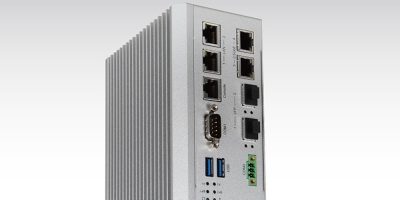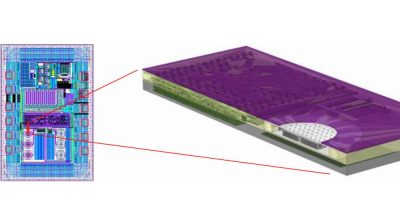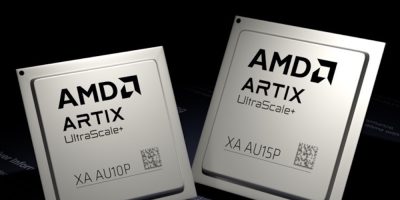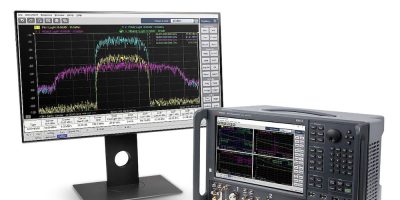The latest industrial gateway by Portwell has diversified Ethernet function for industrial security. The PECA-6232T fanless DIN rail gateway provides a reliable and secure network infrastructure tailored to industries facing cybersecurity threats, said Portwell.
The PECA-6232T is powered by the Intel Atom x6212RE/x6414RE processor, part of the Elkhart Lake platform. The DDR4-3200 SO-DIMM of up to 32Gbyte provides ample memory to industrial applications, ensuring smooth and uninterrupted operation, said Portwell.
The gateway offers Ethernet functions for OT applications, providing flexible and reliable connectivity options for various devices and systems. With two GbE LAN, two 2.5GbE LAN and two SFP ports, the PECA-6232T ensures seamless device communication for industrial automation, the company added.
The PECA-6232T is designed to withstand harsh industrial environments. Its fanless design and DIN-rail mount make it easy to install in any industrial setting. The gateway also supports a broad power input range of 9.0 to 36V DC with dual power inputs, ensuring continuous operation even during a power failure.
The PECA-6232T supports various security protocols, including VPN, firewall and IDS/IPS. It also supports TPM 2.0 security. Its temperature range of -40 to +70 degrees C makes it suitable for use in extreme, harsh industrial environments.
The PECA-6232T supports real-time applications with the Elkhart Lake platform and supports IEEE 802.1 TSN (time sensitive networking) standards, providing low latency and high reliability. It also has the best-known configurations (BKC) optimised for real-time applications, claimed Portwell.
Portwell operates in the industrial embedded systems market. Its software tools accelerate hardware configuration / tuning and application development.
The company is an associate member of the Intel Internet of Things Solutions Alliance. It designs and manufactures a full range of IPC products (SBC, backplane, redundant power supply, rack mount and node chassis), embedded architecture solutions, DVR system platforms and communications appliances. The company provides R&D and project management services to decrease customers’ time to market and reduce project risk and cost. Portwell is also an ISO 13485, ISO 9001 and ISO 14001 certified company that deploys quality assurance through product design, verification and manufacturing cycles.







